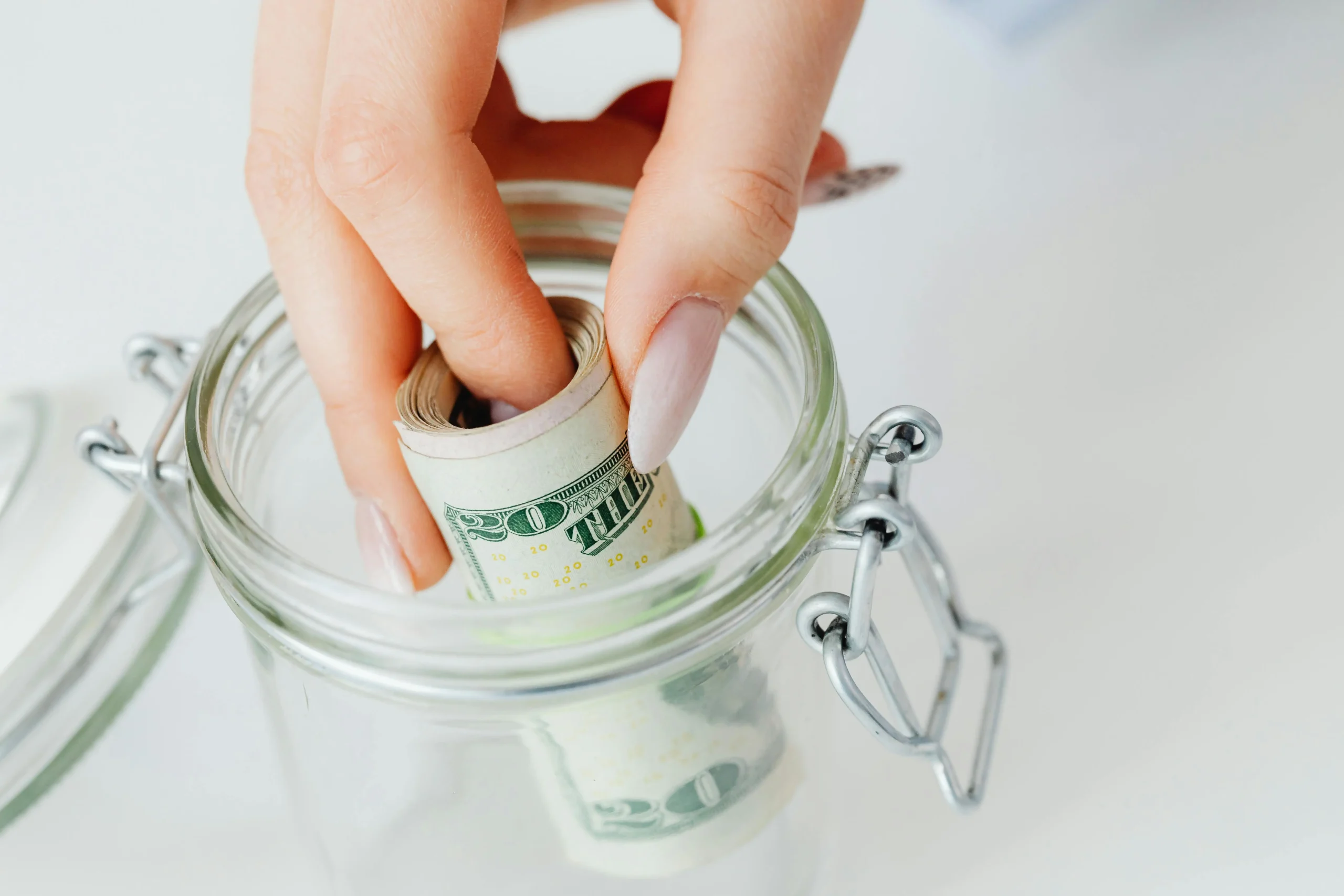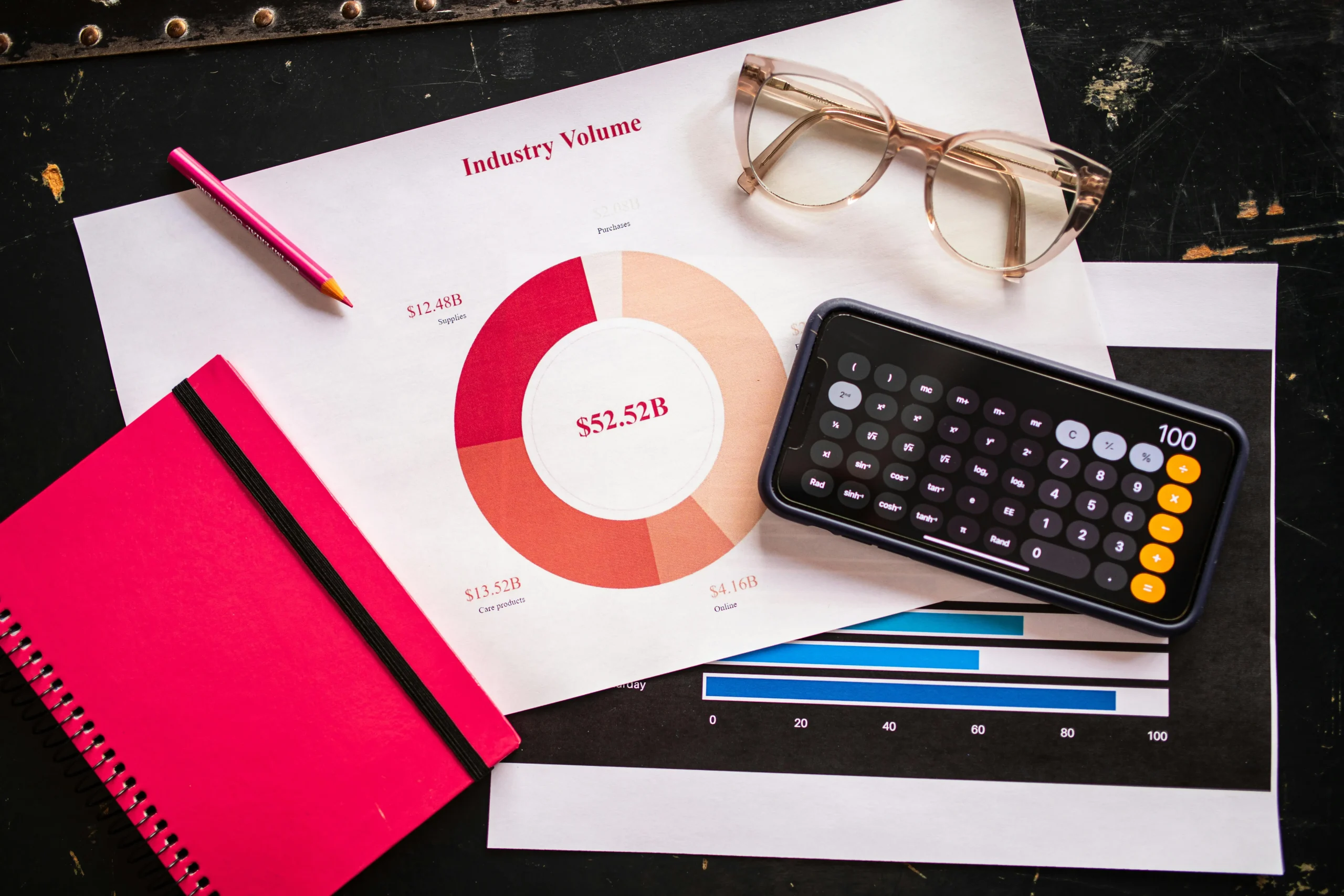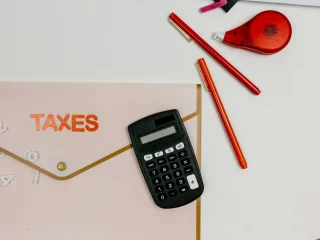
Life is full of unexpected events — from medical emergencies to car repairs or sudden job loss. Having an emergency fund is a financial safety net that can protect you during these challenging times. This article explains how to build an emergency fund and why it’s crucial for your financial security.
What Is an Emergency Fund?
An emergency fund is a separate savings account set aside specifically to cover unexpected expenses. Unlike regular savings, which might be used for vacations or big purchases, an emergency fund is reserved solely for urgent, unforeseen needs.
Why You Need an Emergency Fund
Having an emergency fund provides peace of mind and financial stability. Without one, emergencies can lead to high-interest debt or financial stress. Here are key reasons why it’s essential:
-
Avoid debt: Emergencies often require quick cash. Without savings, you might rely on credit cards or loans with high interest rates.
-
Financial security: An emergency fund helps you manage unexpected expenses without disrupting your regular budget.
-
Job loss protection: If you lose your job, an emergency fund can cover your living expenses while you search for new employment.
-
Peace of mind: Knowing you have a backup reduces anxiety and helps you make better financial decisions.
How Much Should You Save?
Financial experts typically recommend saving 3 to 6 months’ worth of living expenses. If your job is unstable or you’re self-employed, consider aiming for 6 to 12 months. Calculate your monthly expenses including rent/mortgage, utilities, groceries, insurance, and debt payments to set your target amount.
Steps to Build Your Emergency Fund
1. Set a Realistic Goal
Start by deciding how much you want to save. If 3 to 6 months’ expenses seem overwhelming, break the goal into smaller milestones like saving $500, then $1,000, and so on.
2. Open a Separate Savings Account
Keep your emergency fund separate from your regular checking account to avoid spending it accidentally. Choose a high-yield savings account to earn some interest while keeping the money accessible.
3. Automate Savings
Set up automatic transfers from your paycheck or checking account to your emergency fund. Even small, regular amounts add up over time.
4. Cut Back to Save More
Review your budget and look for areas to reduce spending temporarily, such as dining out less or canceling unused subscriptions, to increase your savings rate.
5. Add Windfalls
Use tax refunds, bonuses, or gifts to boost your emergency fund faster.
6. Don’t Dip Into It for Non-Emergencies
Only use your emergency fund for true emergencies. If you use some money, make it a priority to replenish it quickly.
Where to Keep Your Emergency Fund
Your emergency fund should be liquid — easy to access without penalties. High-yield savings accounts, money market accounts, or short-term certificates of deposit (CDs) are good options.
Avoid investing your emergency fund in stocks or other volatile assets since you may need the money quickly.
What Counts as an Emergency?
Common emergencies include:
-
Medical bills
-
Car repairs
-
Home repairs
-
Unexpected travel due to family emergencies
-
Job loss or reduced income
Non-emergencies include planned expenses like vacations, new gadgets, or furniture.
Conclusion
Building an emergency fund is a critical step toward financial security. It protects you from debt, reduces stress, and provides a buffer in uncertain times. Start small, be consistent, and prioritize your emergency fund. Your future self will thank you for being prepared.








Leave Your Comment: